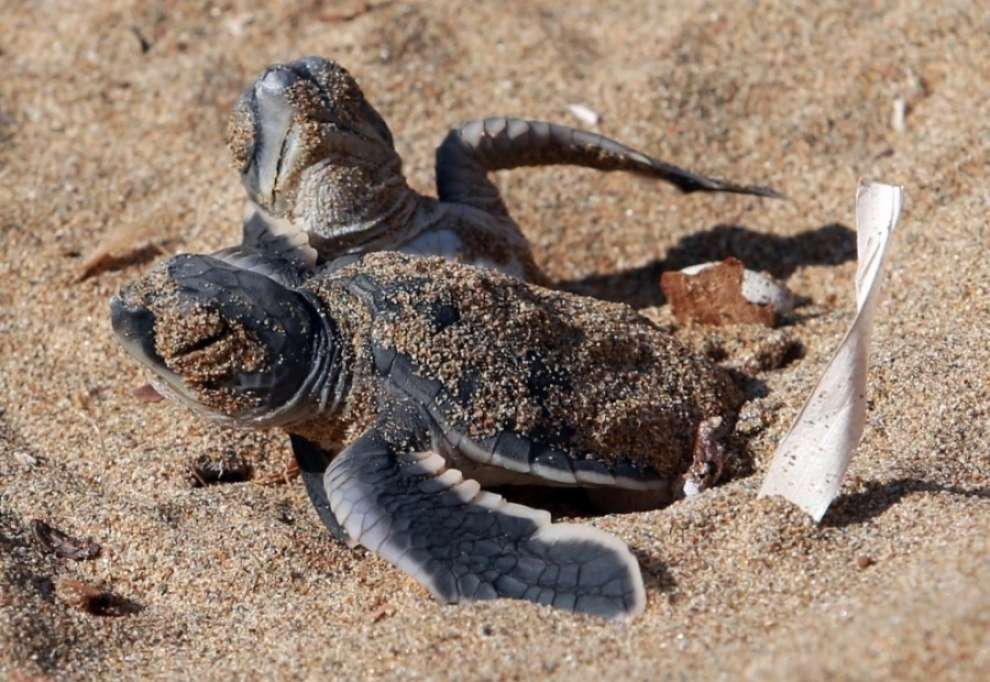The green light for the first organised public beach to be established in a protected area, a turtle nesting spot, spells disaster for the future, the Cyprus Greens said on Wednesday.
“This is the first time that approval has given by the competent department for the operation of an organised beach on a turtle spawning beach, we express our strong concern, even if this operation is limited,” the Greens announced.
Conditions of operation for the beach in the area of Gialia in Paphos (situated between Argaka and Ayia Marina) include only low lighting to be installed, beds and umbrellas must be removed at sunset and not replaced until the following morning. No music is allowed whatsoever.
“Who is going to check these conditions are being followed?” asked Greens’ member Orestis Matsas.
The Department of Fisheries and Marine Research approved the changes last March.
Work is already underway in the area Matsas said, adding that he expects the beach to be open and operational in a couple of weeks. A lifeguard tower has already been installed.
“We (the Greens) are skeptical about the approval and implementation of the beach in an area where now during this period, this year and all previous years, there are turtle nests that are protected. Precisely for this reason the area is part of the Natura 2000 Network and is designated as a Special Conservation Zone,” he said.
Although the approval was given under certain conditions, environmentalists believe that the cumulative human activity on the beach during the day and particularly during the summer, will have a negative impact on the protected species of Caretta Caretta (loggerhead) turtles.
The move is hard to grasp, he said, as the department of fisheries itself, using public information campaigns, indicates human presence and activity as a key threat to the process of nesting turtles on the beach.
In addition to who will monitor that the rules of operation are kept, the Greens are also concerned over whether it is possible to effectively protect both the nests that have been identified and in which protective cages have been placed, as well as the little turtles that will seek water during the day on a high-traffic beach, with a strong human presence.
“How often will the new nests be created, given that on a daily basis the umbrellas will be removed with the setting of the sun and will be placed with its rising? What will stop the community of Ineia from asking the same development for the beach of Lara and Toxeftra?” he asked.
“After this nothing can stop more and more communities for asking for more such beaches in protected areas. This is setting a precedent.”







Click here to change your cookie preferences